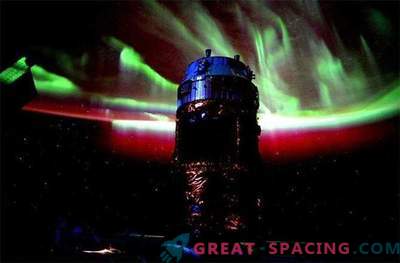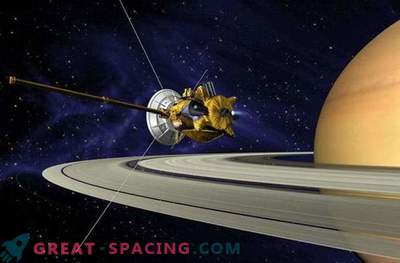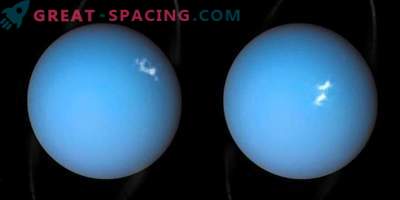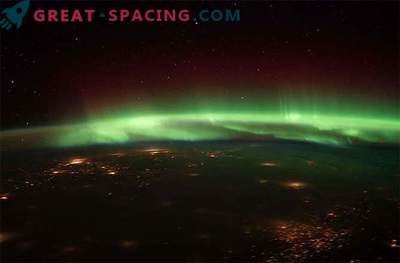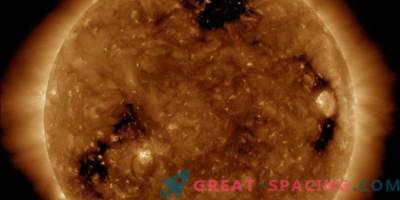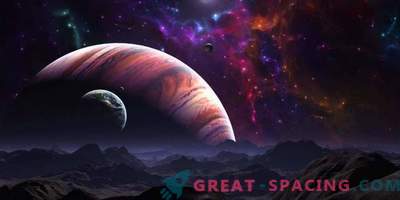
If you think that auroras are limited only to the terrestrial atmosphere, then this is a big mistake. The Hubble Space Telescope was able to capture great images with lights of glow at Saturn’s north pole. These are the most extensive images that the telescope produced for the light show of the planet.
The images are represented by composite images taken before and after the winter solstice of Saturn in 2017 and at the beginning of 2018. The ESA explains that Saturn's glow can be observed only with the help of UV rays, since large volumes of hydrogen dominate the planet's atmosphere.
Flicker depends on the solar wind, as well as the relatively rapid rotation of the planet. The day lasts only 11 days on Saturn. Observations of the telescope coincided with the completion of the Cassini mission studying Saturn for more than 10 years (the Big Final fell on September 2017). The Earth's aurora extends for 96-320 km into the atmosphere, but the events on Saturn can grow to 1,400 km.
How are the lights created?
In the case of the Earth, the northern lights are formed by particles emitted by the sun in the form of the solar wind. When a stream of electrically charged particles approaches our planet, it is in contact with a magnetic field that functions as a giant shield. While he protects the Earth’s environment, he manages to catch some of the solar wind particles.
The particles trapped in the magnetosphere are able to activate and follow the magnetic field lines to the magnetic poles. There they come into contact with oxygen and nitrogen atoms in the upper atmospheric layers, creating flickering and bright lights visible in the polar regions.
